

Valley Forge National Historical Park
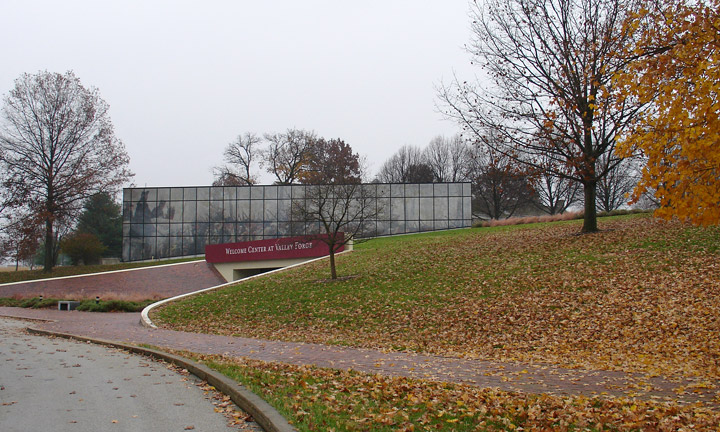
Welcome Center at Valley Forge
Valley Forge is perhaps the best-known place name associated with the American Revolution. To truly enjoy the park, it is important that you understand the significance of the events associated with the winter encampment of 1777-78.
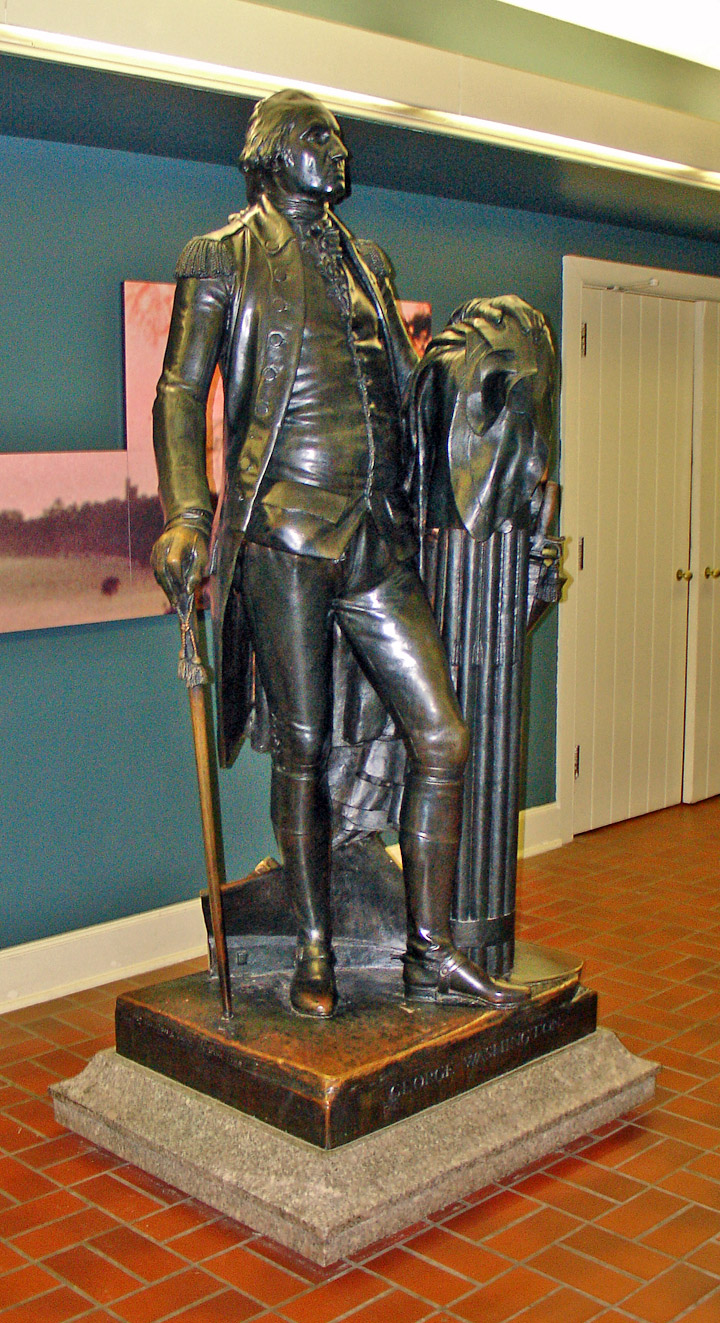
Welcomed by General Washington
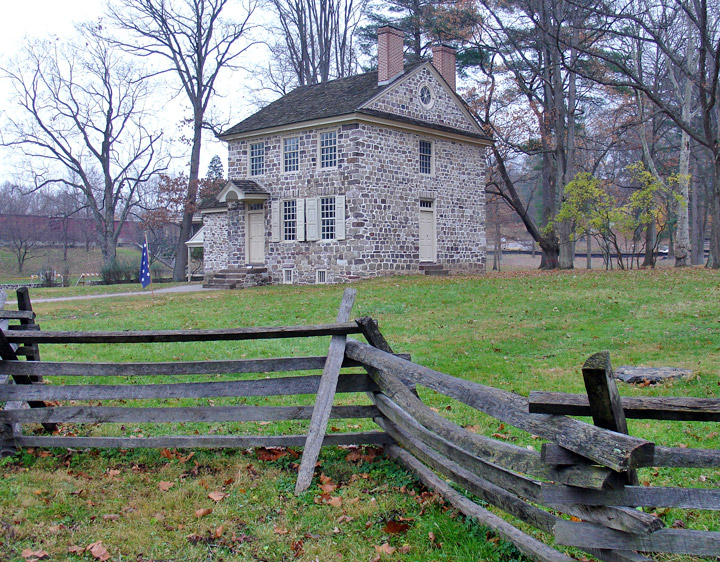
General Washington's Headquarters
Within a week of the army's arrival at Valley Forge, General Washington recognized that he would need a place to organize and orchestrate the plans for the entire army that, in addition to the troops at Valley Forge, were spread throughout the colonies to the north and south of the encampment. Although the majority of the troops residing at Valley Forge through the winter of 1777 and spring of 1778 lived in huts, many of the General Officers shared or rented local farm houses. This practice was customarily done to accommodate the needs of a general's staff and aides.
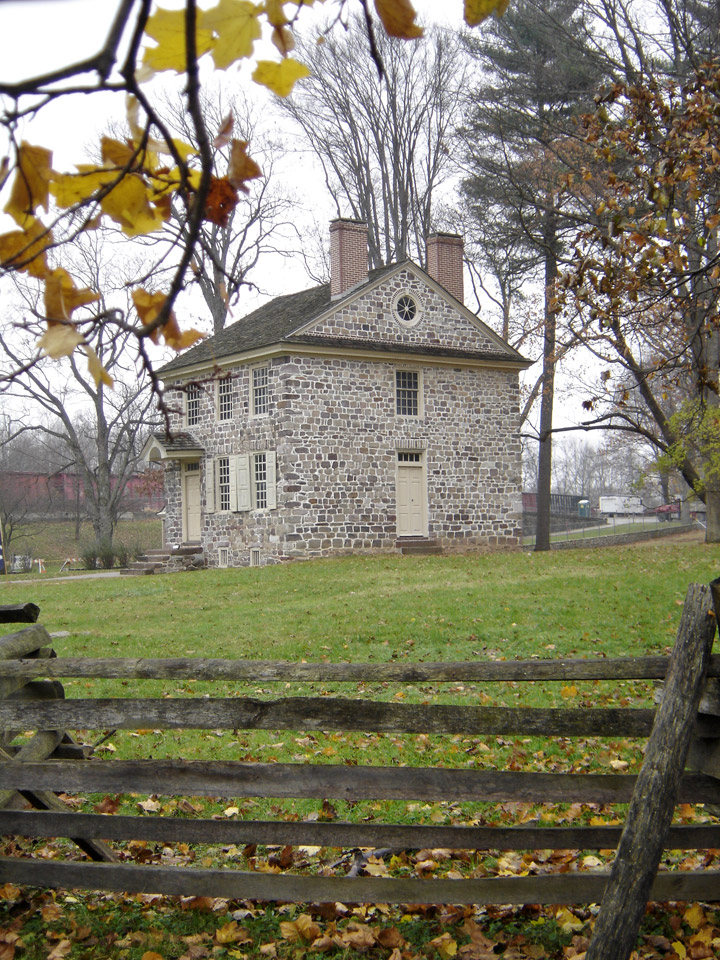
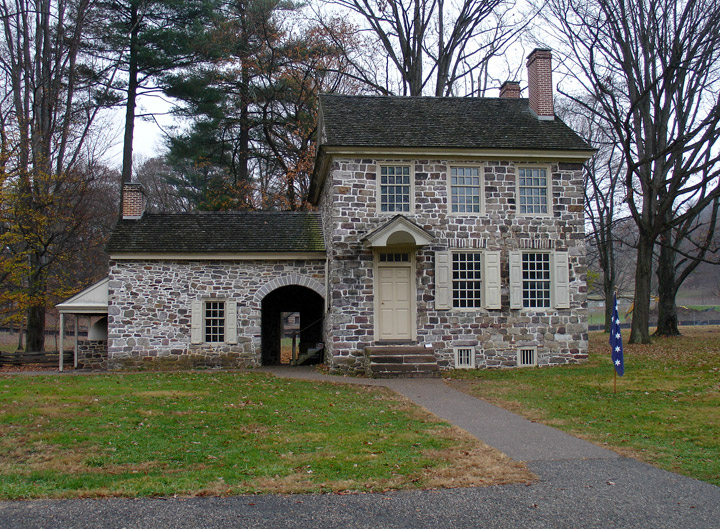
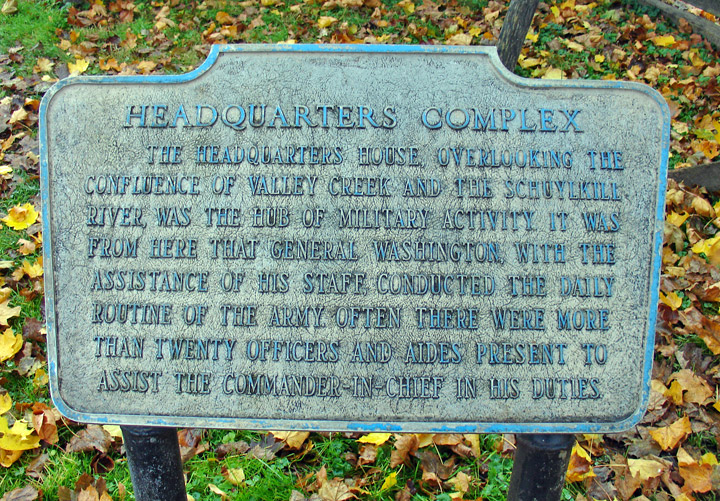
General Washington rented this house, owned by Isaac Potts, from its occupant,
Mrs. Deborah Hewes. Here the General and his staff received local officials and
foreign dignitaries, in addition to coordinating the daily operations of the of
the entire continental army.
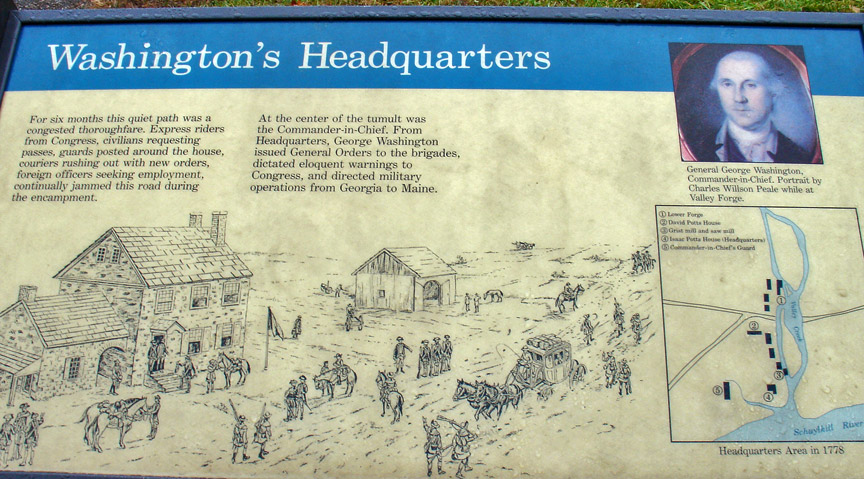

staff table
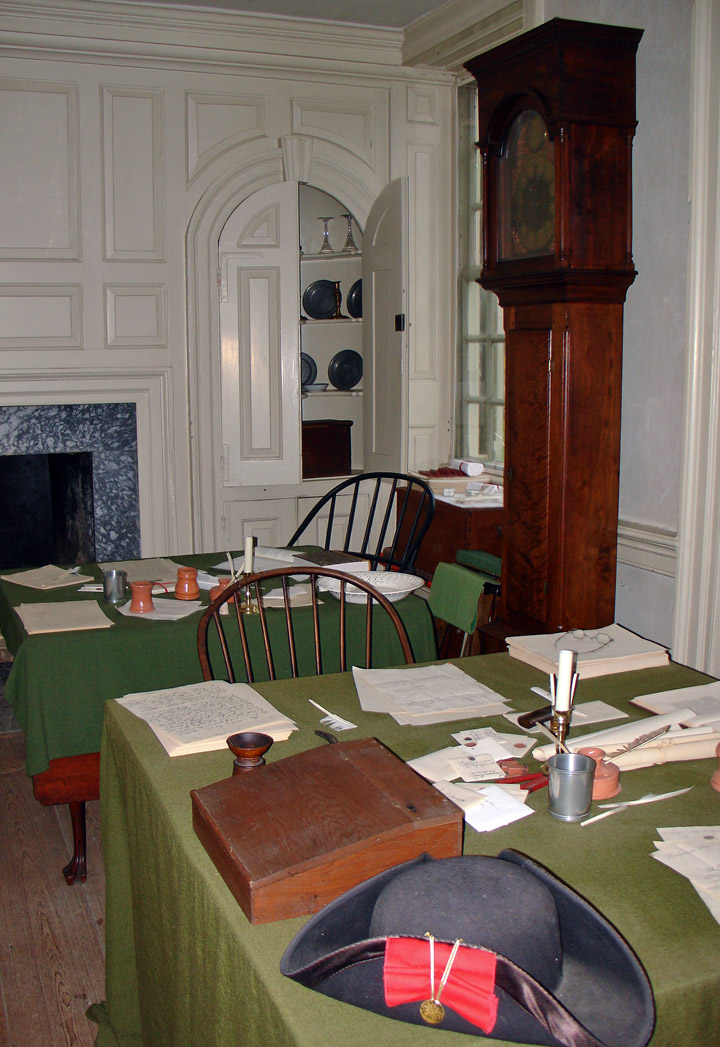
staff room
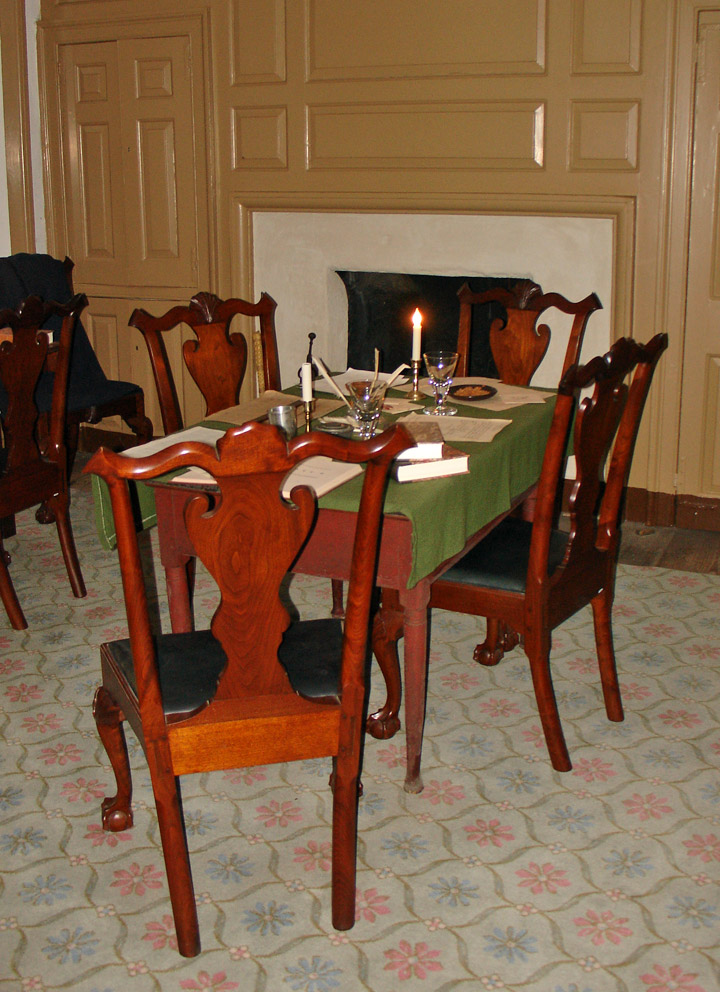
General Washington's table
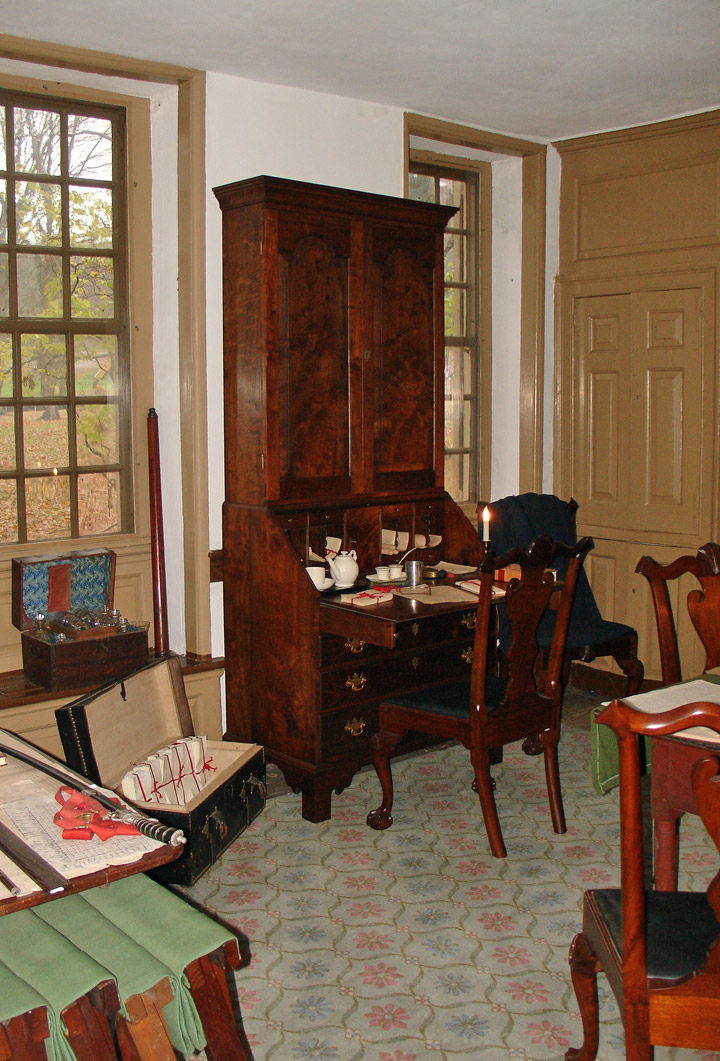
his desk
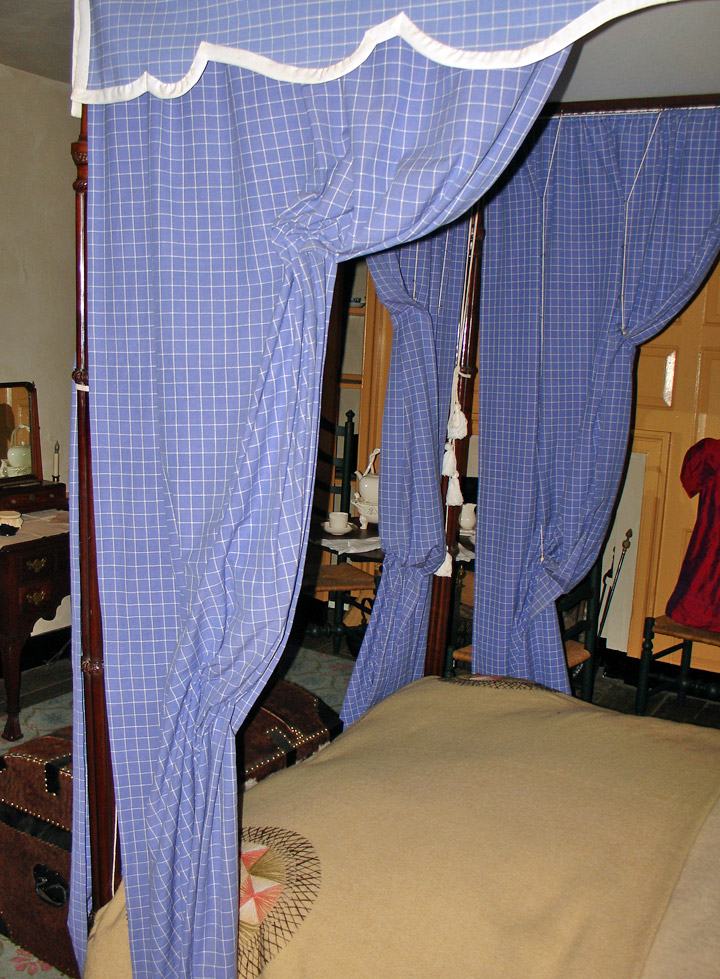
his bed chanmer

baggage in his quarters
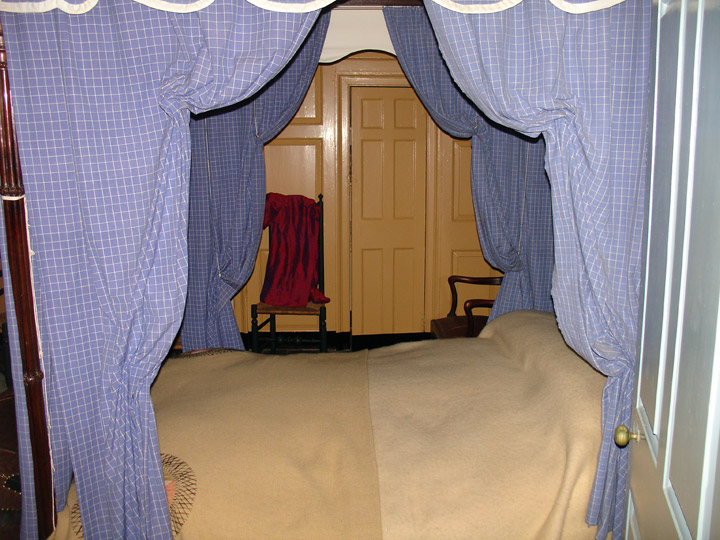
Washington's bed
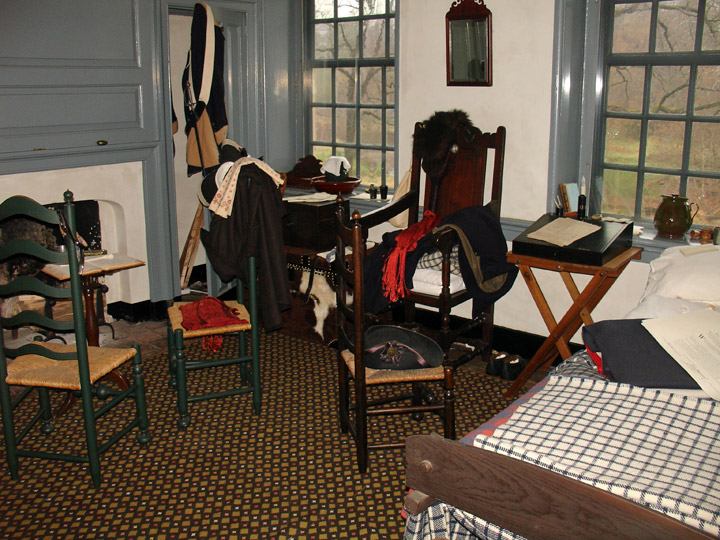
staff quarters
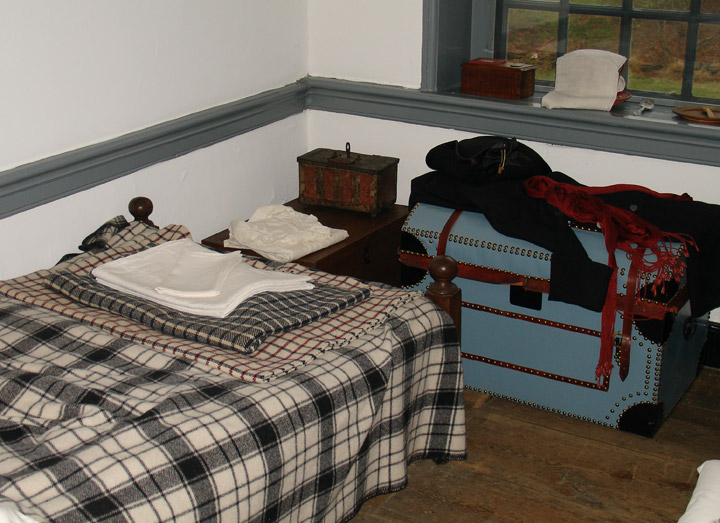
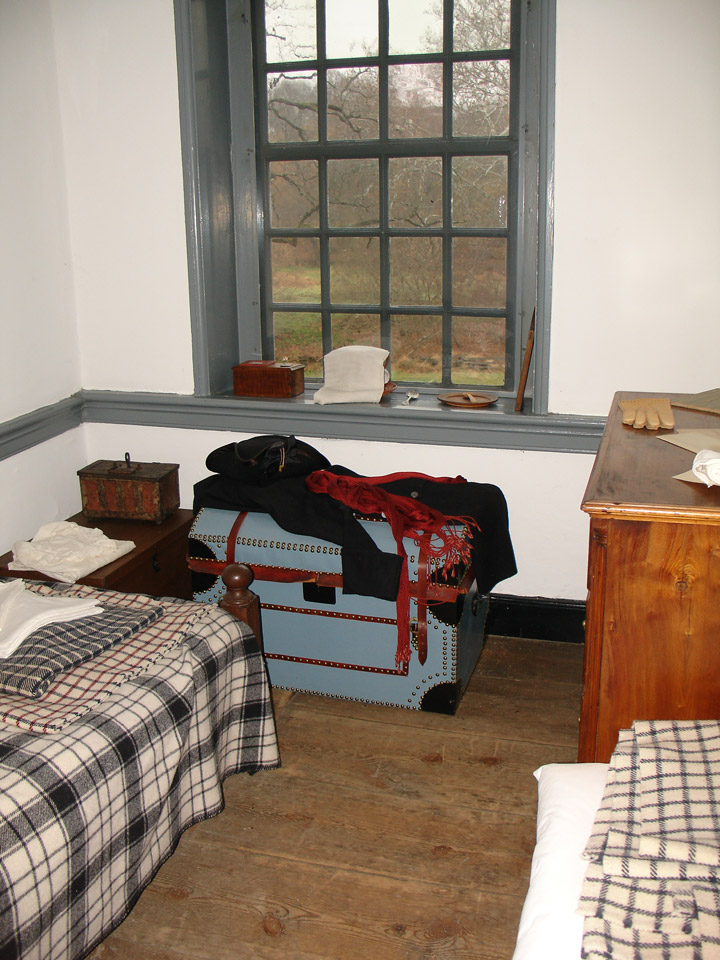
staff beds
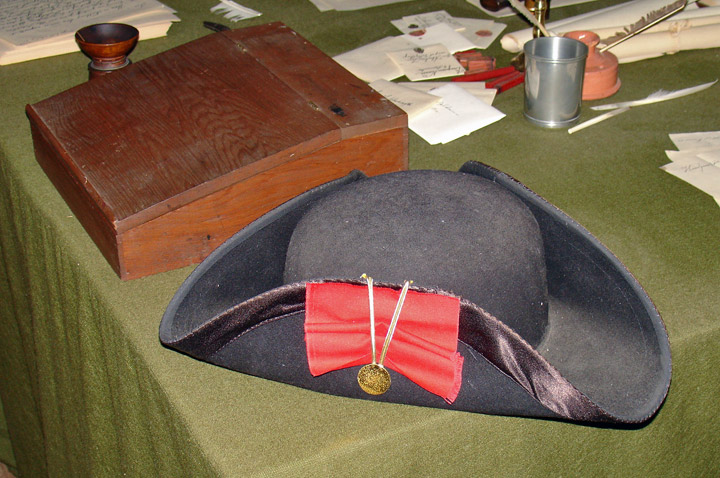
three cornered hat used by many in the Revolutionary times
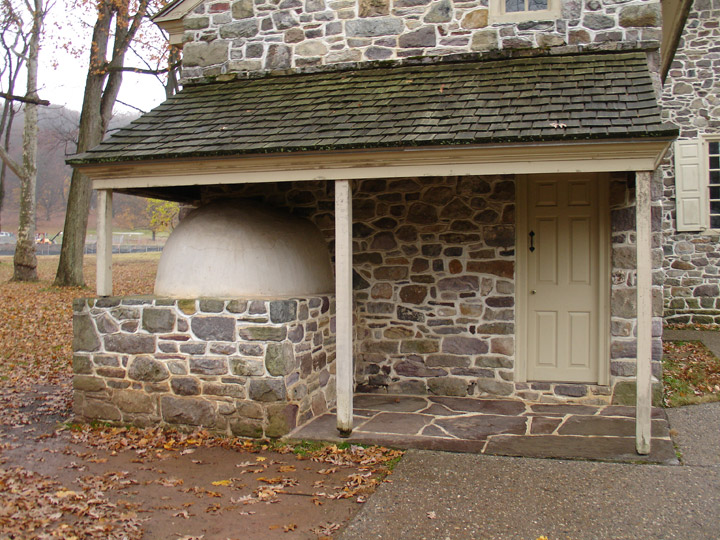
the semi-detached kitchen
(the left protrusion is the bake oven)
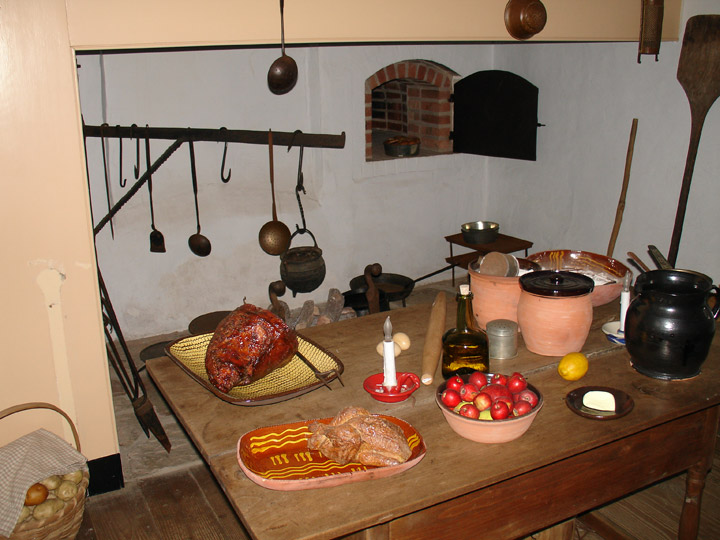
the kitchen

door to bake oven on the right
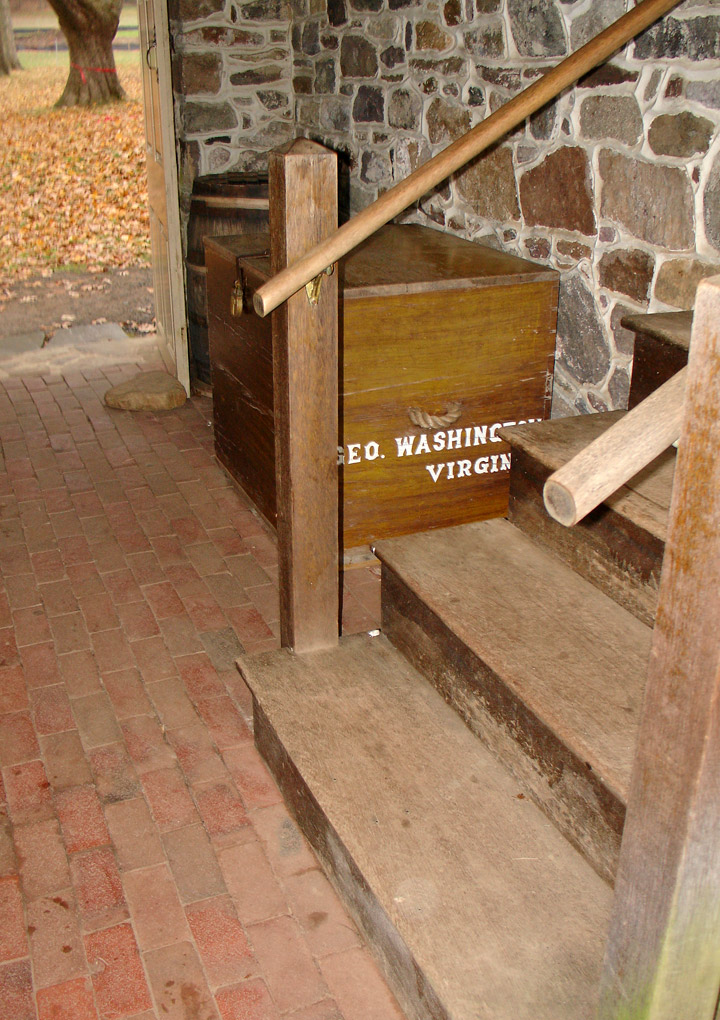
General Washington's trunk

stable next to the headquarters house
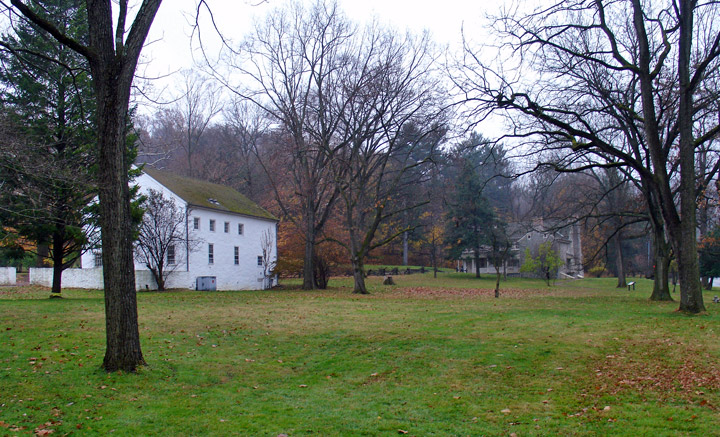
Potts farm


Following their arrival December 19, 1777, the men immediately set to work building huts for shelter. General orders the preceding day specified the size and design of the huts: 14 x 16 feet each, 6 1/2 feet high, a door next to the street and a fireplace in the rear.
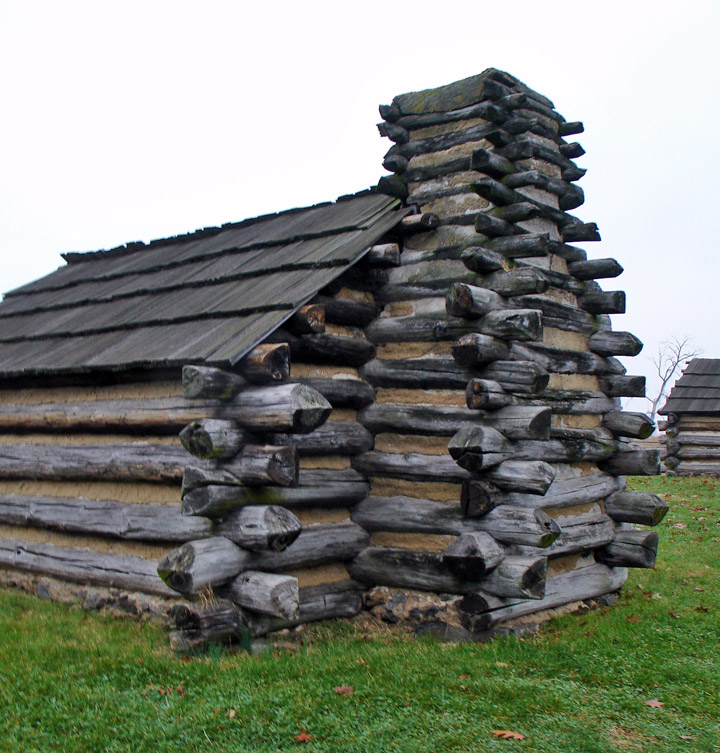
Despite the orders, hut size, location, and material varied (as reconstructed huts throughout the park demonstrate). Men from different regions were familiar with different building techniques and few were skilled craftsmen. A surgeon's mate wrote home,
"have one Dull ax to build a Logg Hutt. When it will be done knows not."

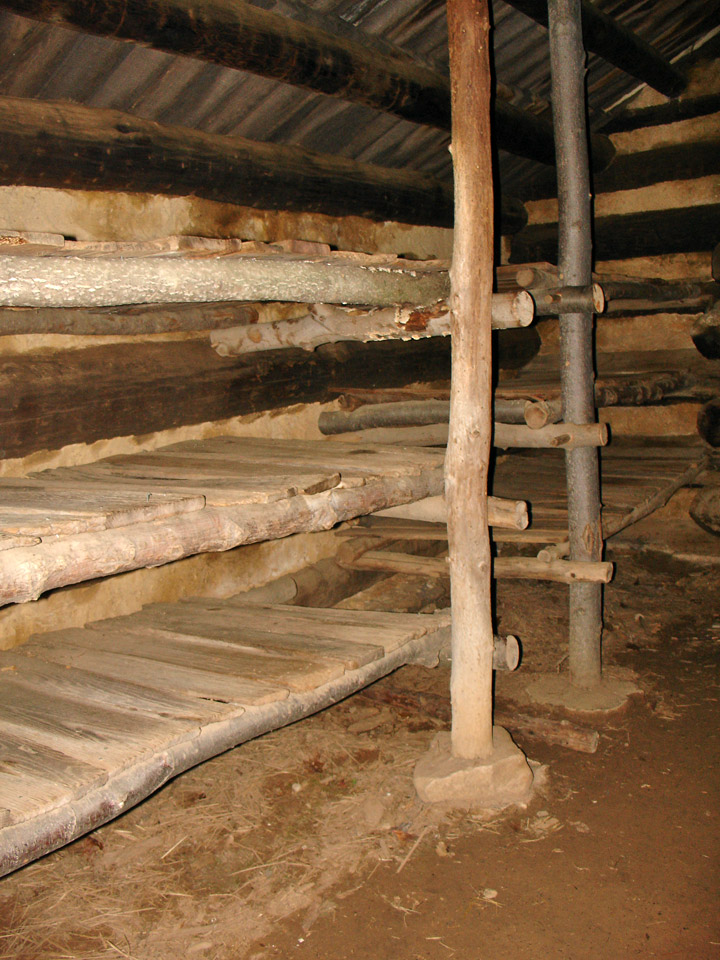
hut interior
"And as an encouragement to industry
and art, the General Promises to reward the party in each regiment, which
finishes their hut in the quickest, and most workmanlike manner, with twelve
dollars."
- General Orders December 18, 1777
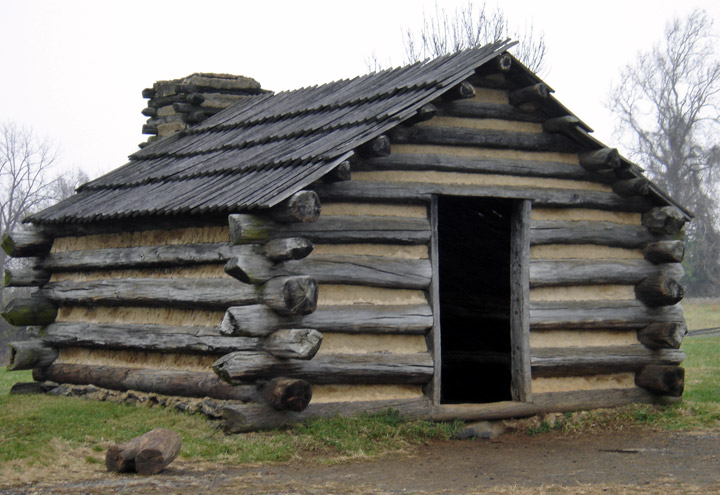
By mid-January most soldiers were housed, twelve to a hut.
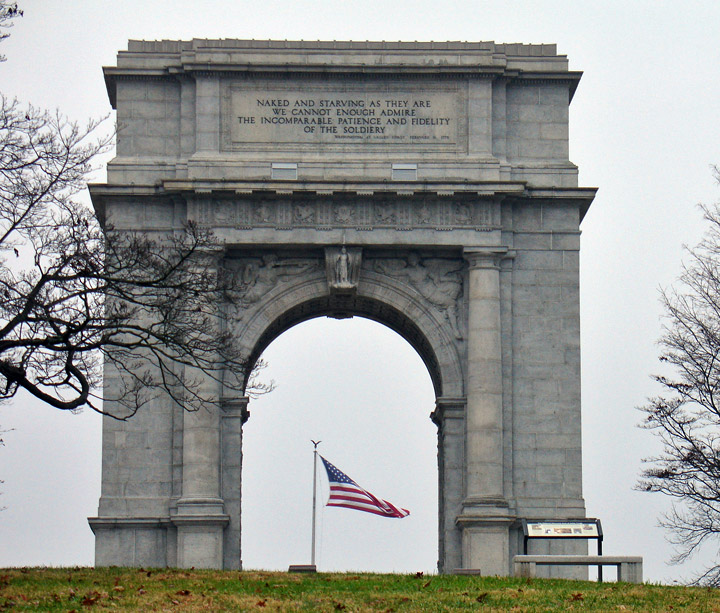
The most striking monument in the park, the Arch was authorized by the Secretary of War in 1910, and transferred into the custody of the Commonwealth of Pennsylvania on June 19, 1917--the 139th anniversary of the evacuation of Valley Forge. Designed by University of Pennsylvania professor Paul Philippe Cret, the Arch is built in a style "similar to the Arch of Titus, in Rome," and it "faces Gulph Road, over which the weary and ragged regiments marched to their camps." The Arch cost $100,000, to construct; topographical improvements after it was put up cost $35,000.

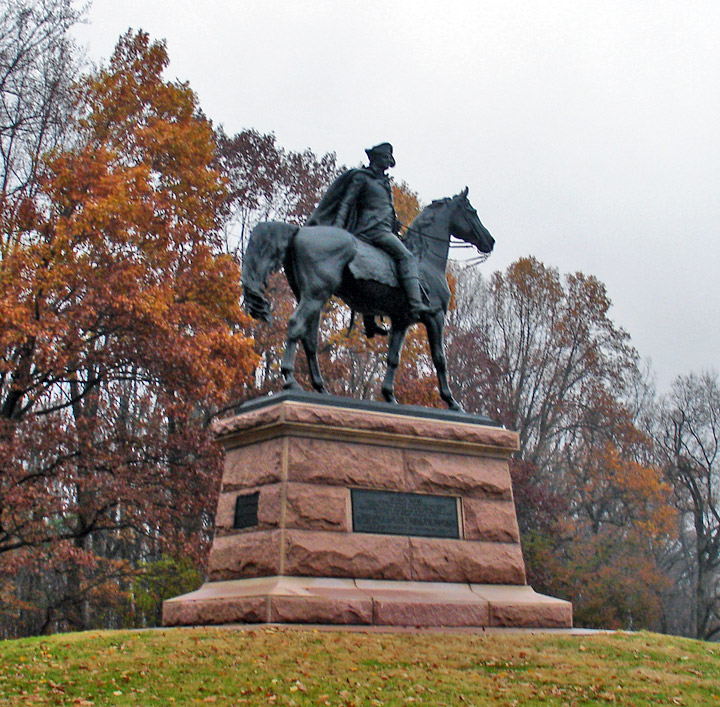
Anthony Wayne
Colonel Chester Co. Battalion of Minute Men July 21 1775
Colonel 4th Penna. Infantry Battalion January 3, 1776
Brig. General Continental Army February 21, 1777 to November 3, 1778
Brevetted Major General September 30, 1783
"Resolved unanimously, that the thanks of Congress be presented to Brig. General
Wayne for his brave, prudent and soldierly conduct in the spirited and
well-conducted attack on Stony Point; that a gold medal emblematical of this
action be struck and presented to Brig. General Wayne"
Major General and Commander-in-Chief United States Army, March 5, 1792 to
December 15, 1796

deer wander through the park
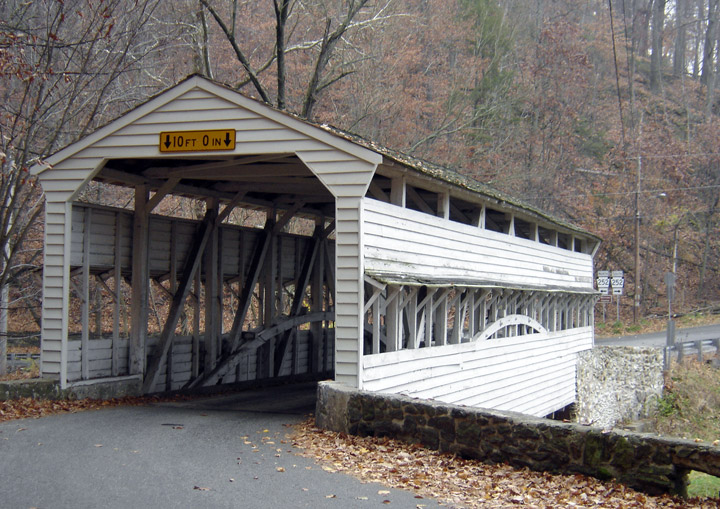
the covered bridge

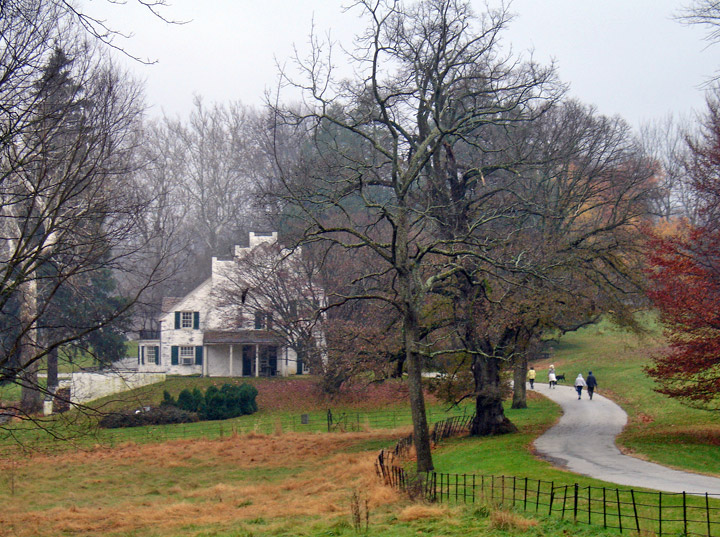
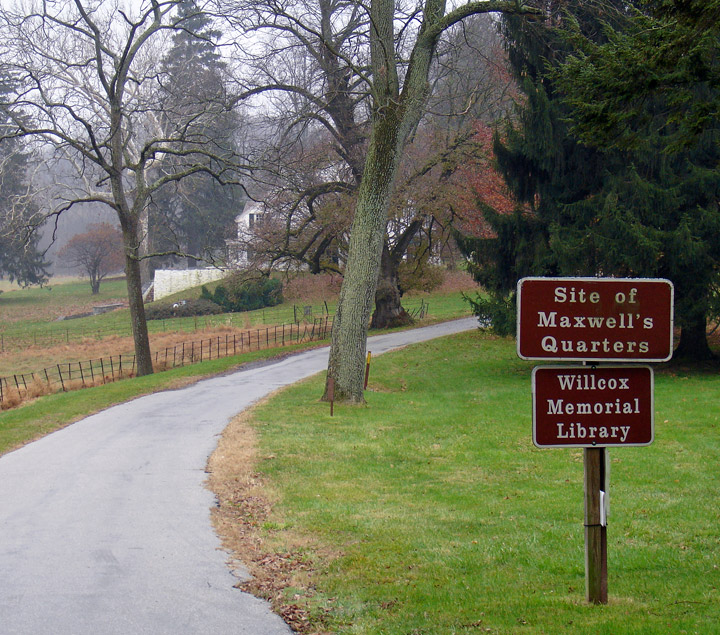
Maxwell's Quarters

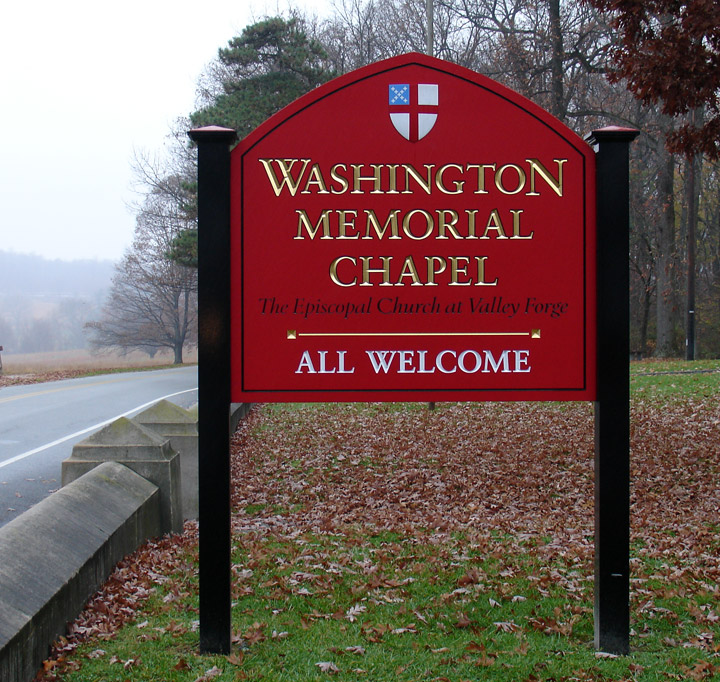
Washington Memorial Chapel (Episcopal)
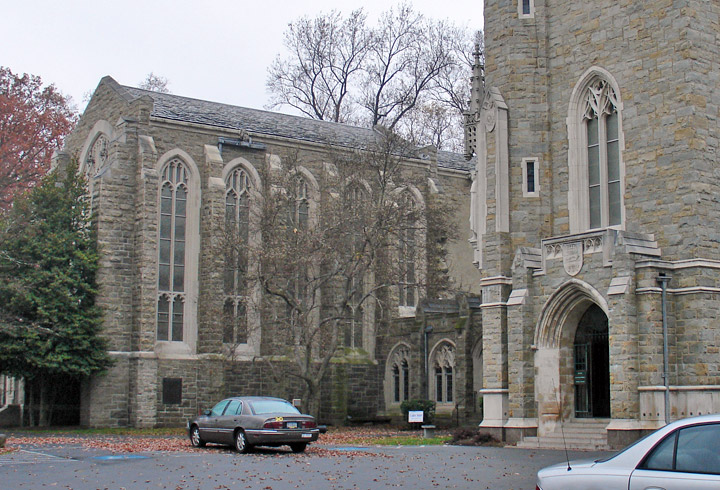
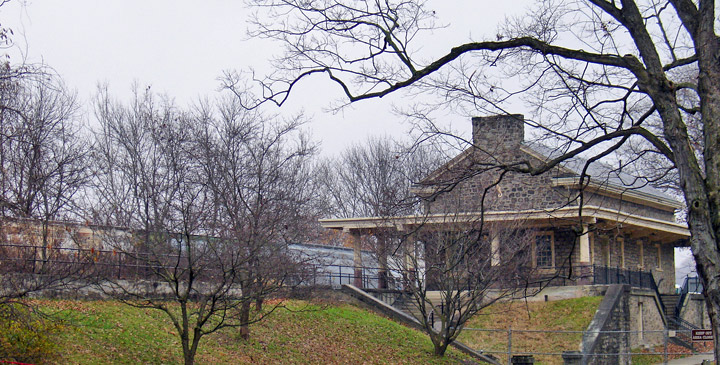
old train station at Valley Forge